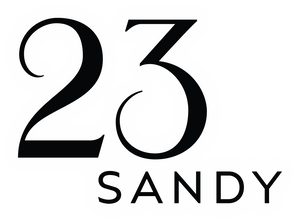| Title | Tangential |
| Artist / Creator | Helen Hiebert |
| Press Name | Helen Hiebert Studio |
| Artist's Nationality | United States |
| Place of Publication | Edwards, CO |
| Publication Date | 2017 |
| Process / Technique | Letterpress printing by Tom Leech, Palace of the Governors Press |
| Number of Images | 5 hand stitched polygons and 5 pop-up polyhedra |
| Structure / Binding | Hard cover with hand-sewn exposed spine, bound and boxed by Claudia Cohen |
| Paper Stock | artist-made double-sided cotton |
| Number of Pages | 32 |
| Dimensions (WxHxD) | 9 x 12 x 0.5 inches |
| Edition Size | 30 |
| Box / Wrapper | Clamshell box |
| Signed & Numbered | Yes |
Tangential by Helen Hiebert
After viewing (and handling) the 1570 edition of Euclid’s Elements of Geometry at the Denver Public Library, Hiebert was drawn to Chapter 11, which focuses on polyhedra. Hiebert finds it interesting to imagine how Euclid constructed his ideas in the physical world, since paper was invented later. Perhaps he constructed them in papyrus or parchment (precursors to paper). Hiebert is intrigued by the many ways in which a flat sheet of paper can transform from two- into three-dimensions. She was drawn to the tiny flaps glued into the pages of the old copy of Euclid’s Elements, which allow the reader to explore the physical relationships between lines, angles and surfaces.
Hiebert built the basic polyhedra, or platonic solids, into the pages of the book (which are double-sided cotton handmade sheets). Each form lies flat on the page (like an architectural floor plan) with visible cut and score lines. The shapes can be lifted from the page (but not removed) and folded to create each polyhedra. The text is adapted from Euclid’s Elements (which was originally translated into old English) and is direct, simple and didactic.
The basic text is letterpress printed, and Hiebert hand stitched the name and a flat rendering of each three-dimensional shape (tetrahedraon, cube, octahedron, dodecahedron, icosahedron). She enjoys repetitive handwork and the interaction with the sheets as she stitches. Hiebert spent about an hour with each page, turning it back and forth as she insertsx the needle time and again.
Each folio is double sided. The color sequence (most visible on the spine) flows through the ten chromatic color fields, appearing sequentially. The geometric shapes begin flat and white, but when folded into their solid forms, they appear as colored shapes. As the pages turn, the shapes become more complex, beginning with four triangles that fold up into a tetrahedron and ending with a 20-sided icosahedron. The shapes in this book are meant to be formed on the page and then unfolded, allowing a mental image of each polyhedra to live in the mind beyond the physical experience.
Artist Bio
Helen Hiebert is a Colorado artist who constructs installations, sculptures, films, artists’ books and works in paper using handmade paper as her primary medium. She teaches, lectures and exhibits her work internationally and online, and is the author of the several how-to books about papermaking and papercrafts. Helen has an extensive network of paper colleagues around the world and her interest in how things are made (from paper) keeps her up-to-date on current paper trends, which she writes about in her weekly blog called The Sunday Paper. She holds an annual paper retreat and papermaking master classes in her Red Cliff studio each September.









